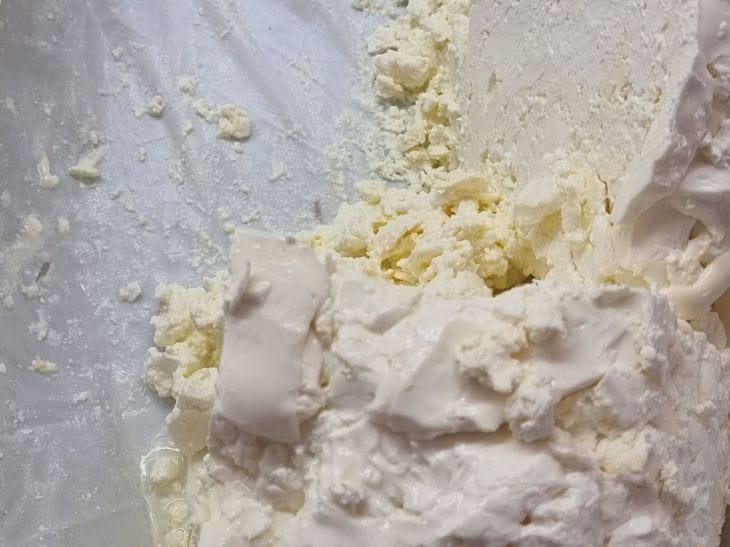Freezing cottage cheese seems like a strange idea: after defrosting, it often becomes watery and grainy.
But what if there is a way to preserve its taste and texture? We tell you how to freeze cottage cheese correctly so that it remains as tender as fresh.
The problem with defrosted cottage cheese is that when it freezes, ice crystals destroy its structure. To avoid this, it is important to prepare the product before freezing.

If you bought the cottage cheese in a pack, transfer it to an airtight container, removing excess moisture with a paper towel.
If the cottage cheese is homemade, squeeze it lightly through cheesecloth, but do not overdry it, otherwise it will become crumbly.
It is better to freeze in portions: divide the cottage cheese into parts that you use at one time. This way you will not have to defrost a whole kilogram and then think about what to do with the leftovers. Pack the cottage cheese tightly to avoid air getting in - it accelerates oxidation and spoils the taste.
Now the main thing is defrosting. Never leave cottage cheese at room temperature or in the microwave. A sharp temperature change will make its consistency uneven. Instead, put the frozen cottage cheese in the refrigerator for 8-12 hours. Slow defrosting will preserve the structure.
If the cottage cheese does release liquid, don't rush to throw it away. Transfer the mixture to cheesecloth, squeeze it out slightly and use for baking, cheesecakes or casseroles. The taste will remain the same, and the excess moisture will go away.
Frozen cottage cheese can be stored for up to 2 months - this is a great way to save money by buying the product on sale, or to save excess homemade cottage cheese. After proper defrosting, you will not even notice the difference between it and fresh.
And one more secret: if the cottage cheese has dried out a little after freezing, add a spoonful of sour cream or yogurt to it - this will return its tenderness. Now freezing is no longer an enemy, but a faithful assistant in the kitchen.








